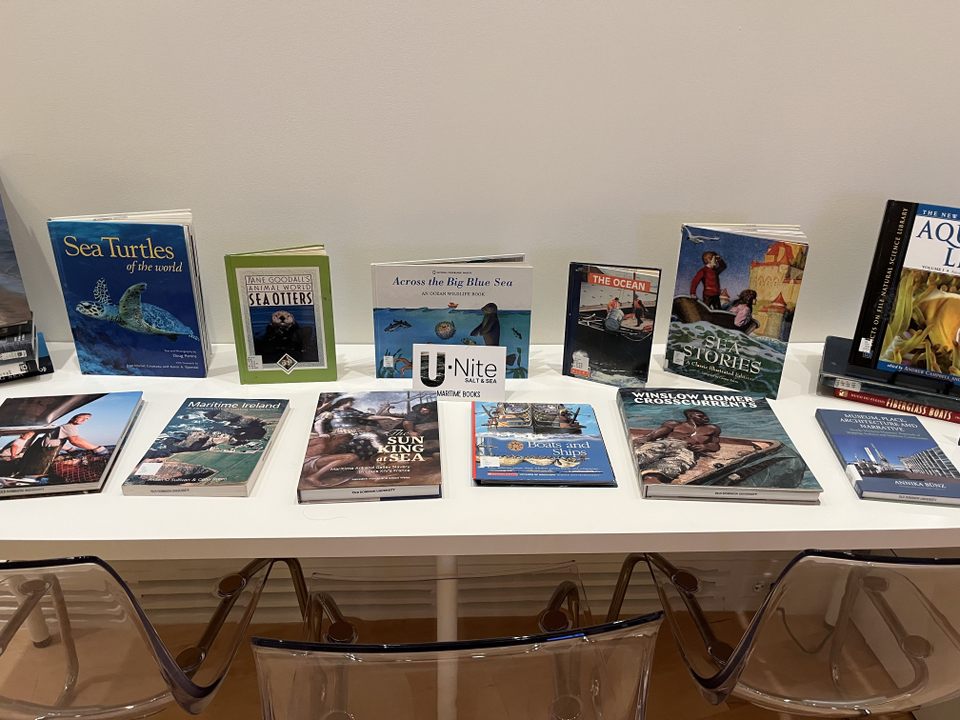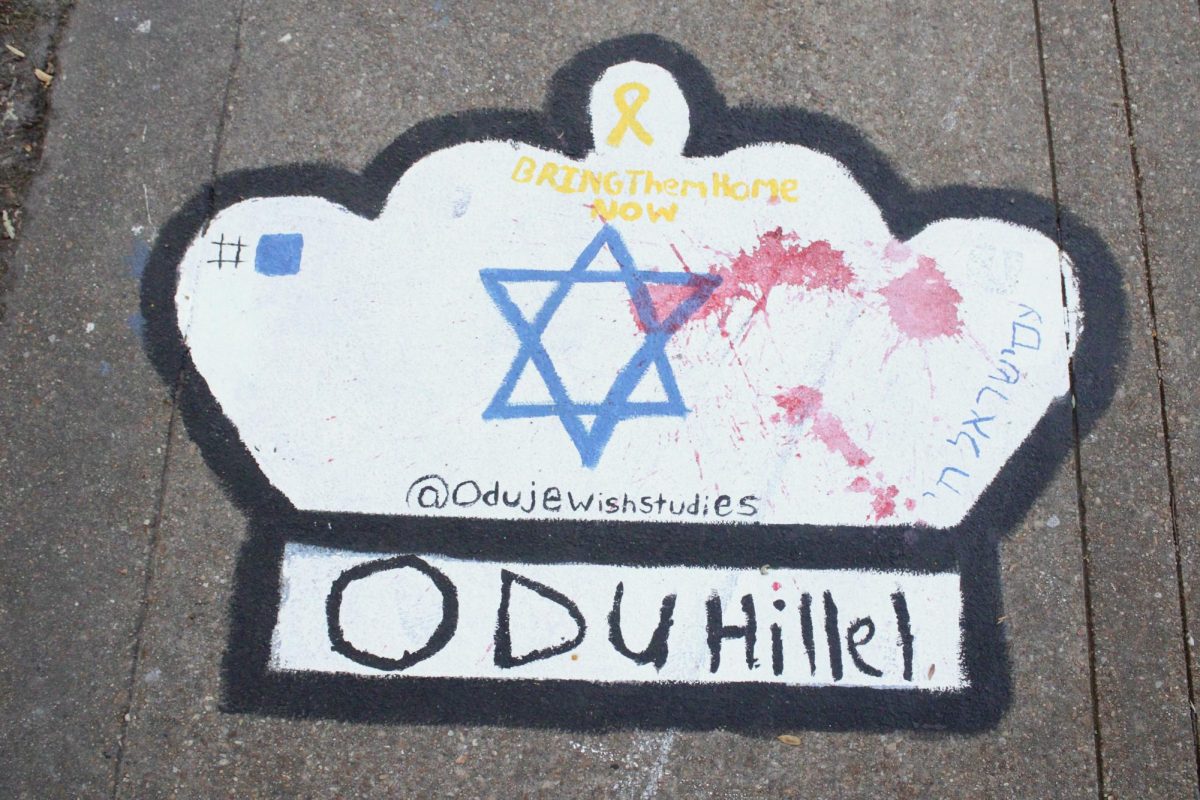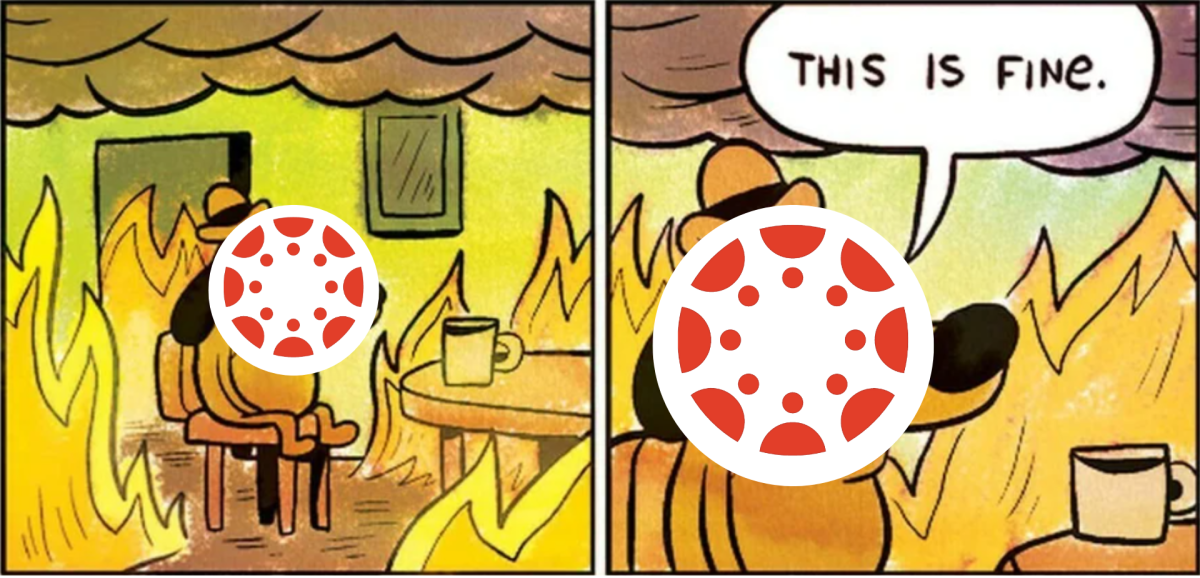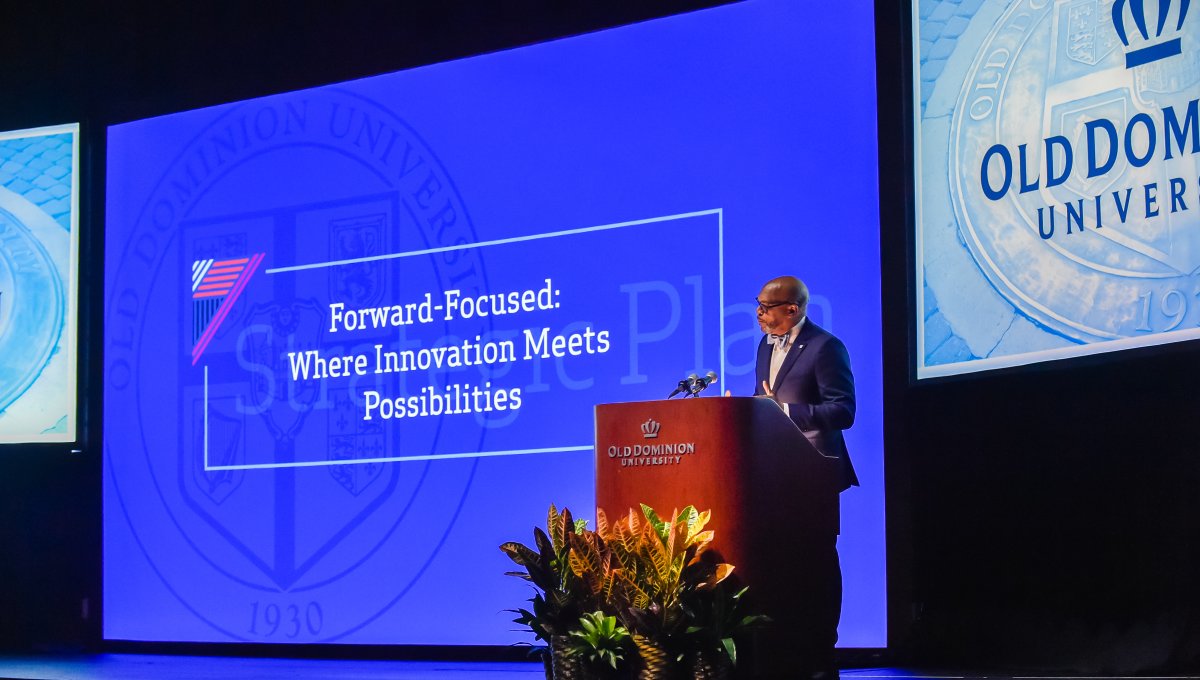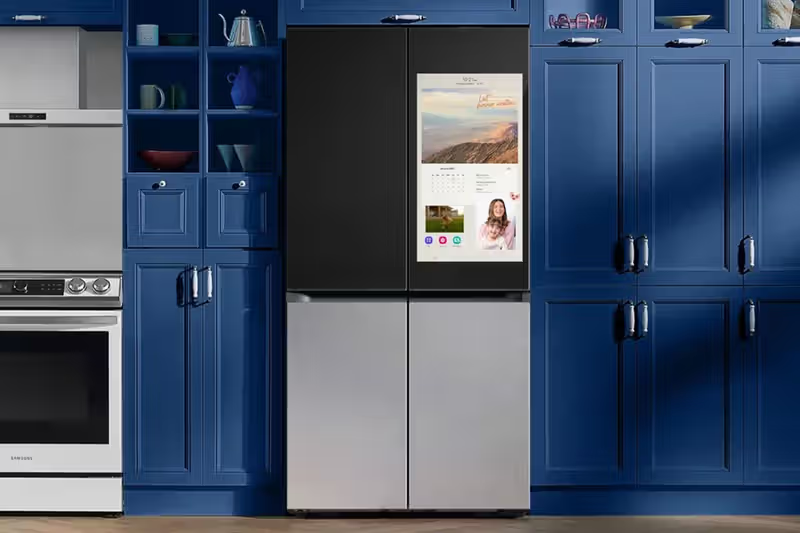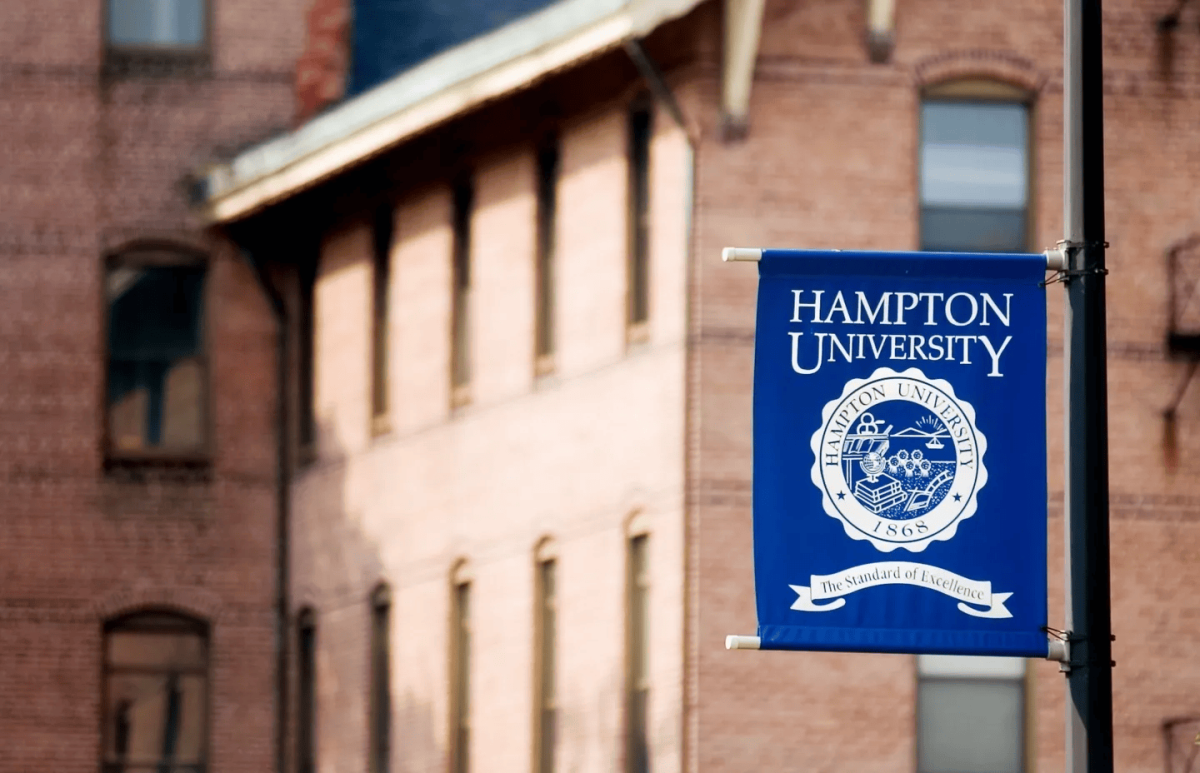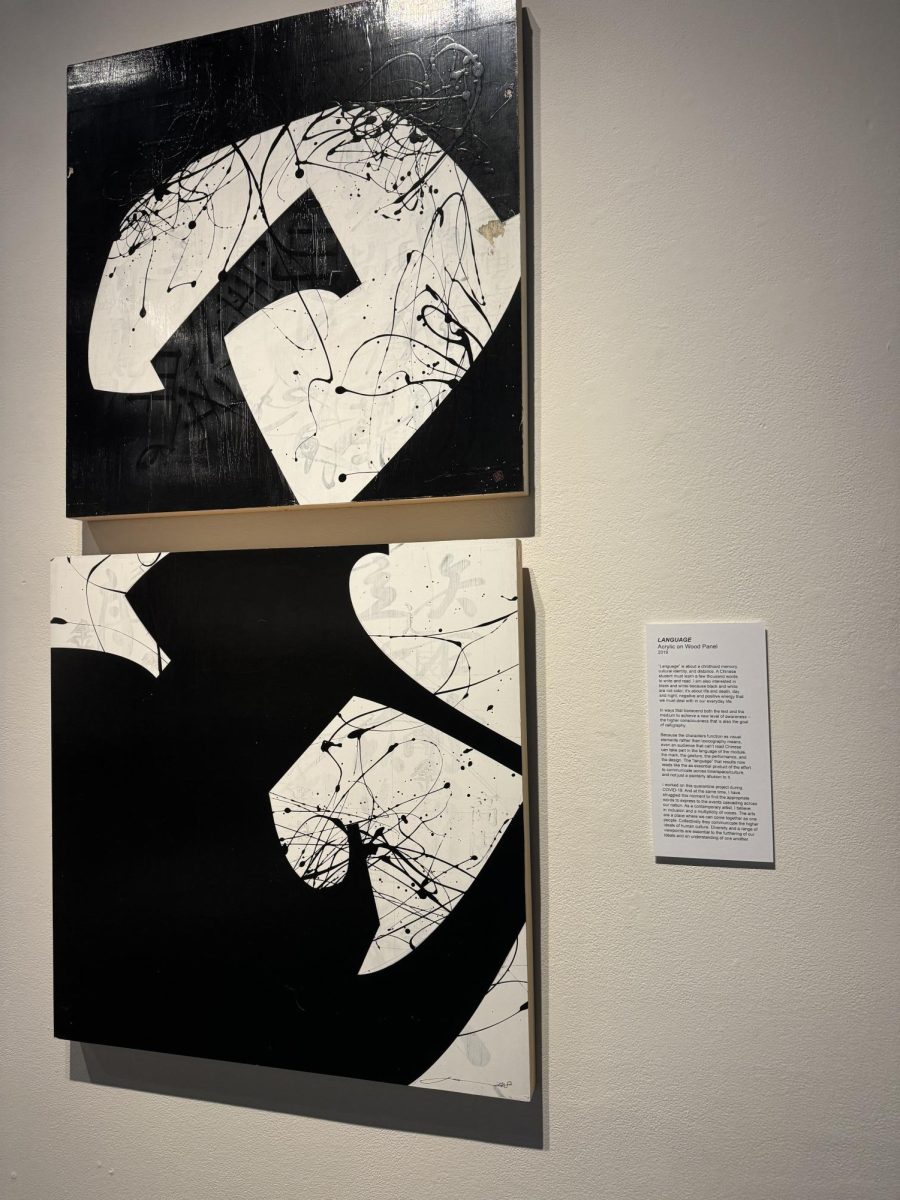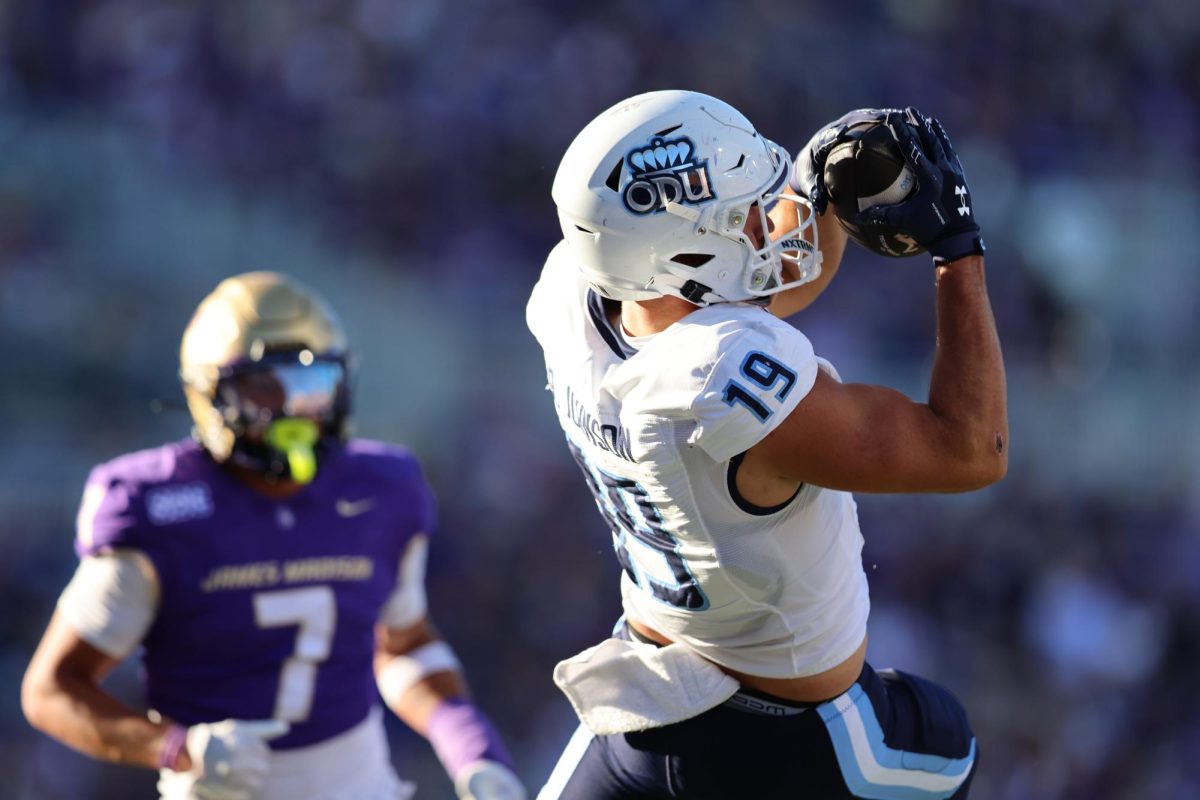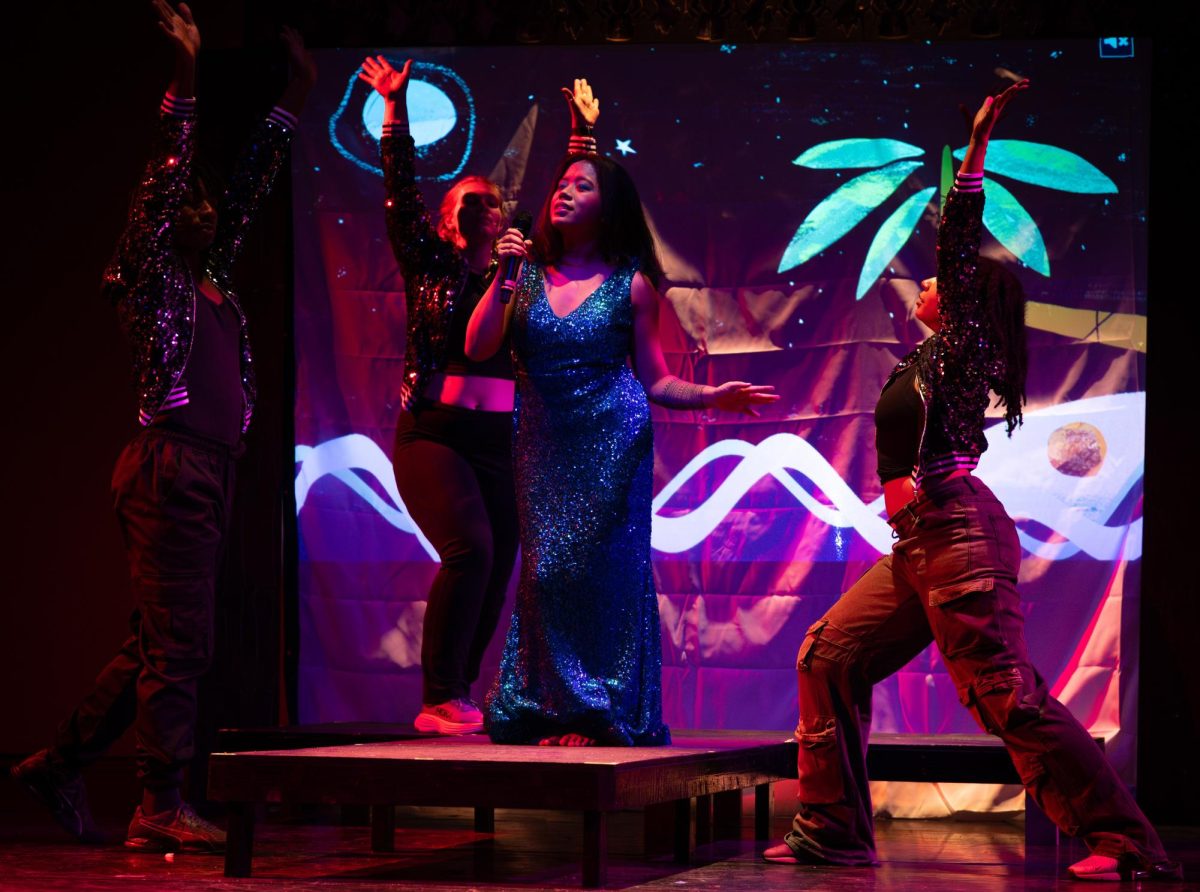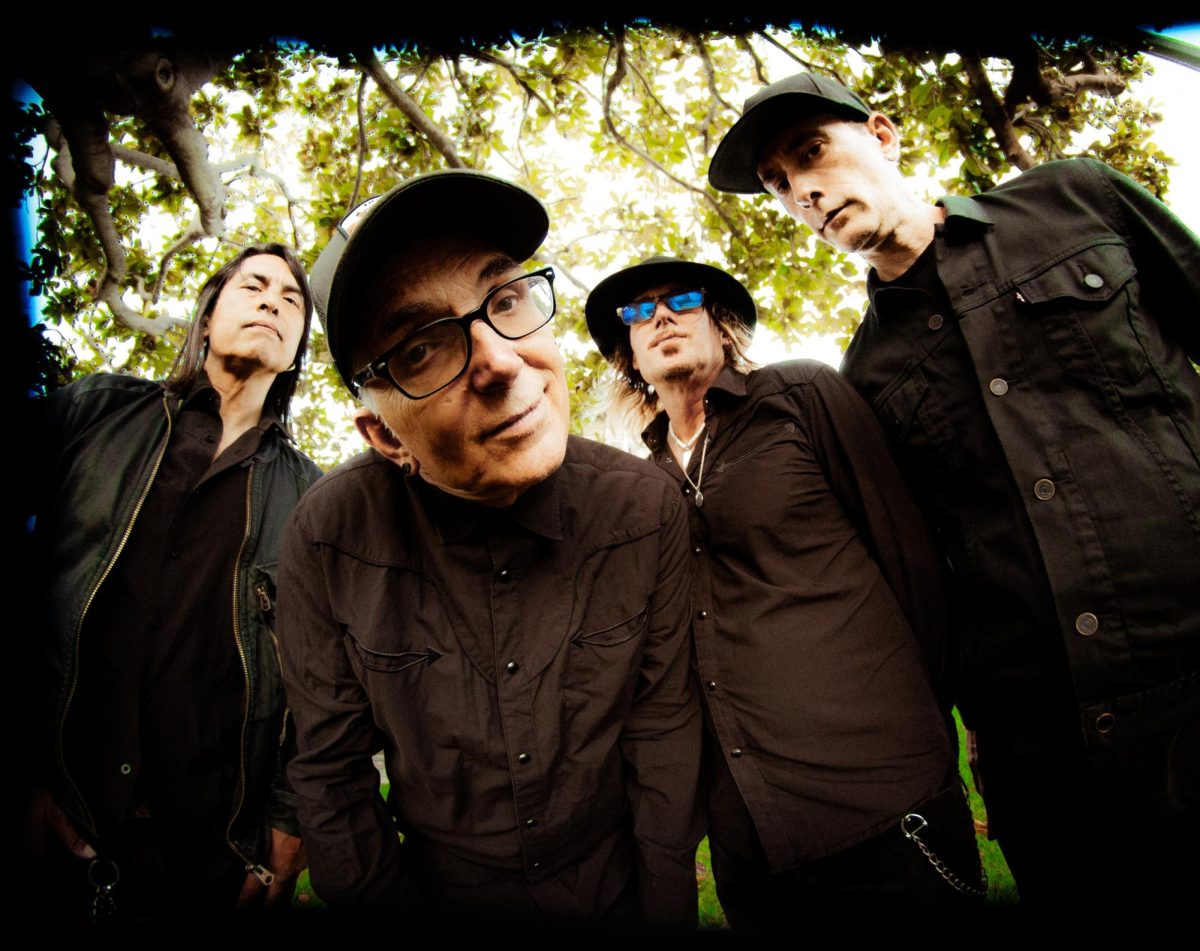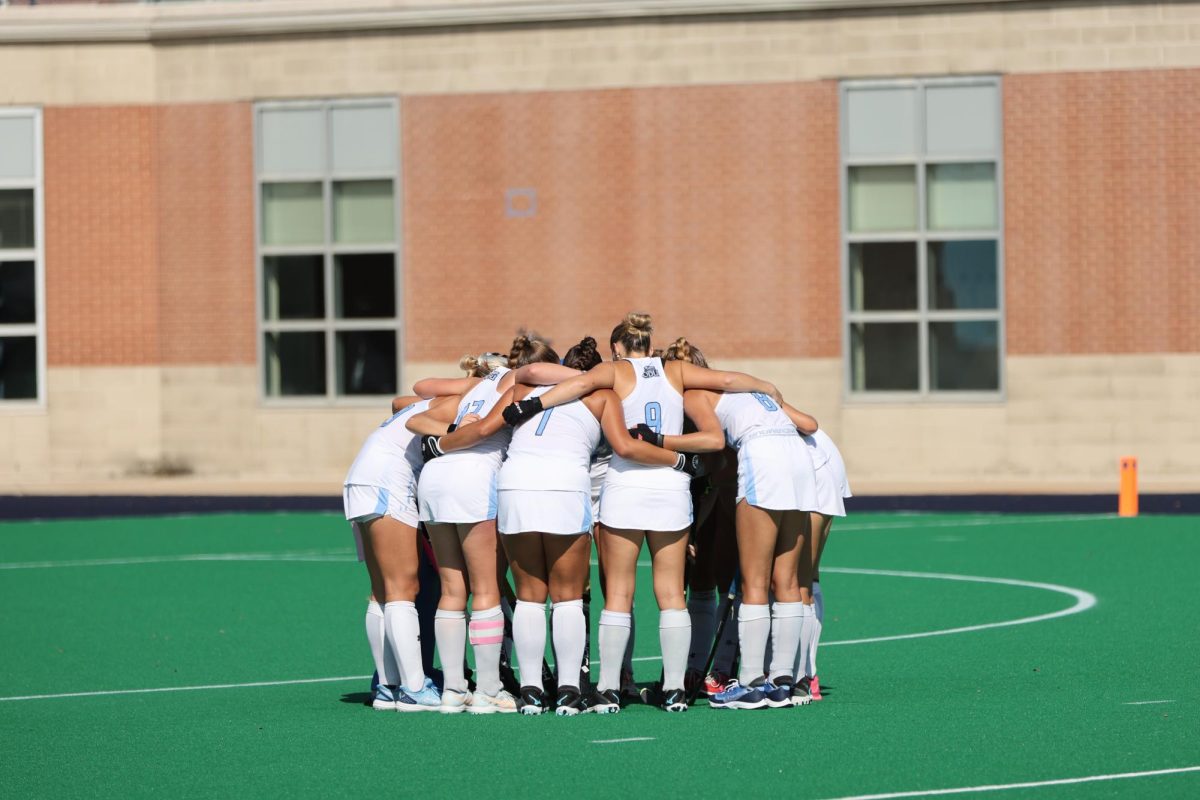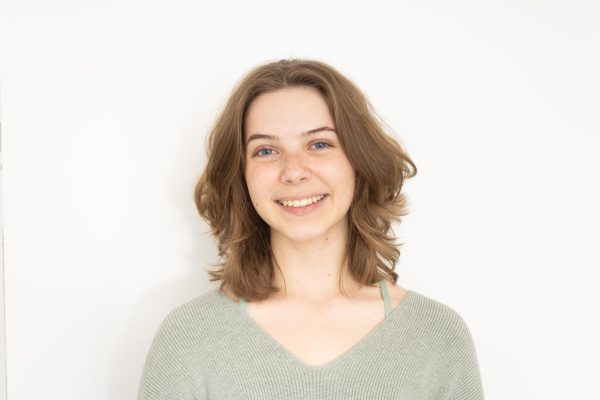On November 8, 2024, the Barry Arts Museum hosted “U-Nite: Salt & Sea.” This event featured fun activities such as a temporary tattoo station, which was a big hit for all ages, a knot tying table with Sail Nauticus, as well as a keychain making table, where participants could put their knot tying skills to use. According to their website, Sail Nauticus is a club for the youth of the Hampton Roads area, who teach the “art and science of sailing.”The Elizabeth River Project, a local environmental organization, set up an information table with stickers, pamphlets, a river otter skin and a horseshoe crab shell. A friendly face representing the project was ready to greet guests and tell them what the organization stands for. Their mission is to protect and serve the flora and fauna that call the Elizabeth River their home.
Seafood was also presented at this nautical themed event. Shrimp, salmon, crab cakes and oysters were served, as well as a fun mocktail using lemonade or sprite with candy.
Also offered was a guided tour of the art on display on theme with this event. Shown in the gallery were a variety of works, ranging from the 19th century to others more contemporary. Many of these pieces were from the Barry Art Museum’s own collection, or from the private collection of the Barry’s themselves. Works were also sourced from museums such as The Chrysler Museum of Art. Many of the contemporary pieces were created by ODU’s own faculty, including Brendan Baylor, Peter Eudenbach and Melissa Hill.
Baylor created a work titled Return, Proceed, Help II, which was his take on the “human impact of our sense of place.” This piece takes an image of Norfolk, a world map, and a desert landscape and, using photoshop, combines them together, according to the placard next to the work. Then, with a laser cutter, Baylor permanently burned real life shipping routes into the paper, showing the impact that people make on the environment every day.
In the background of the room, visitors may notice sounds being played. These were also created by Baylor. He used microphones to pick up “sounds of the sea, surf, and watercraft,” then layered them. Sounds of “ship interiors and wind” are also played.
Peter Eudenbach created two pieces: Flotsam/Jetsam and Holocene. The first is made from wood, plexiglass, and mixed media in 2013, Eudenbach models a shipping container after a snail shell, which shows his reimagining of a man made object and its effect on “our understanding of the world.” Important to note is that the spiral of Eudenbach’s work also reflects the “ouroboros,” which is an ancient symbol that looks like a serpent eating its own tail. This symbol shows the cycle of life, death, and rebirth.
Eudenbach’s second work, Holocene, was made by using a model shipping container and inserting into the cut bottom of a water bottle. This piece is meant to reflect on ocean debris and the results of shipping on the environment. The name comes from terminology used in the maritime world. “Flotsam” is anything that falls off the ship, while “jetsam” is anything that is thrown off on purpose.
The final faculty piece in this showcase is a beautiful work created by Melissa Hill. Using a “thermal bag and adhesive on canvas,” this work is meant to mimic the movement of the currents of the Atlantic Oceans. Similar to the other pieces, Hill’s art is also meant to highlight the impact of shipping on the ocean and the life within it.
At 7:00pm, Ingo Heidbrink, a maritime historian, gave a lecture on art and maritime history. He stated that historians are not interested in the artistics aspects when looking at art, but more of what it can tell them about the history of maritime events before a time when they were recorded. Pieces of the work such as what the sails look like and how they are positioned, how the crew responds to weather in the painting, and even what the crew is wearing, allows for the historian to understand what was happening in that painting and during that time period.
U-Nite allowed for an educational and engaging night for ODU students and other visitors, especially highlighting the importance of art and our environment. An immersive art tour, hands-on activities, and an educational talk with Heidbrink all heavily supported the message of this U-Nite, which is that nature, especially the sea, is a beautiful, vibrant, and important part of our world; one that we should especially cherish.


